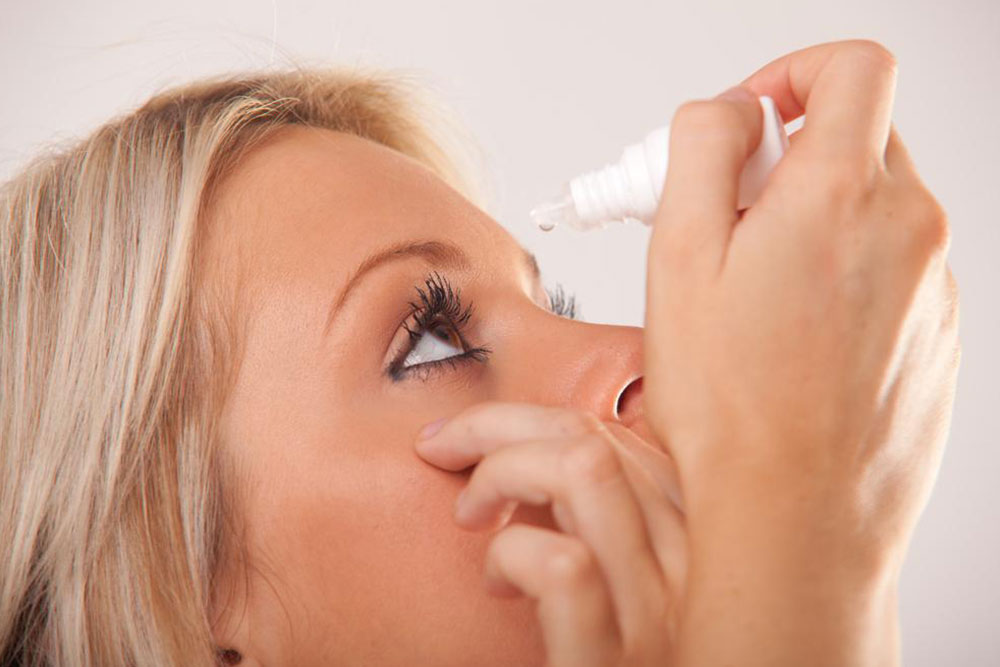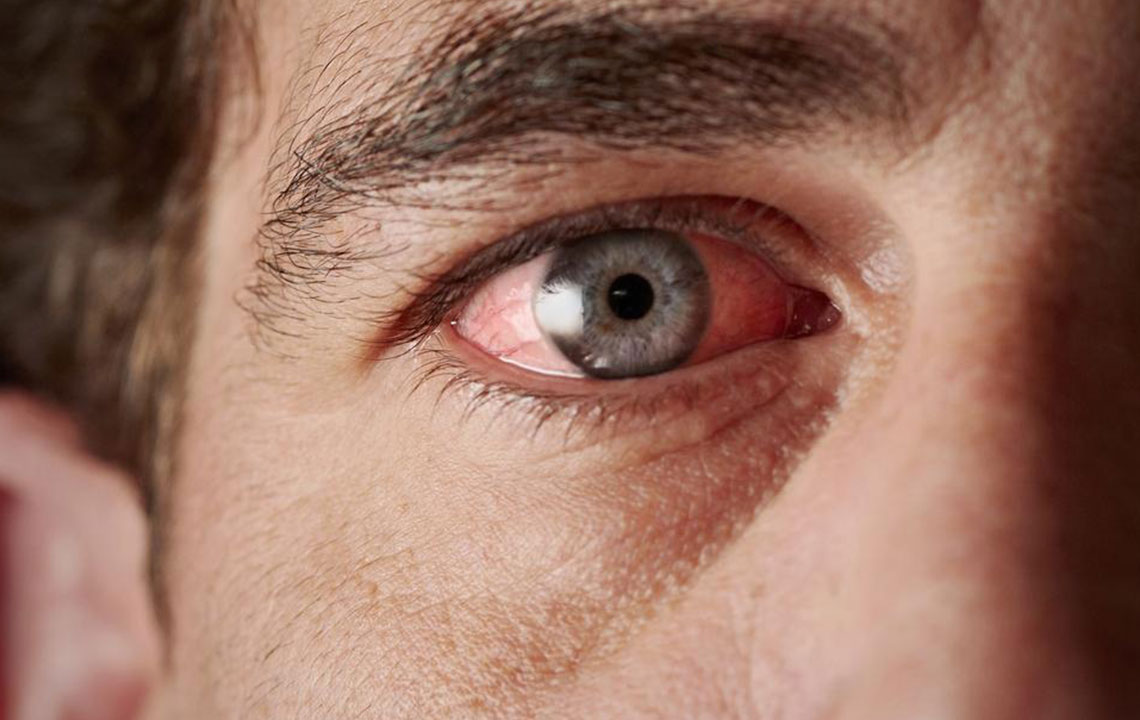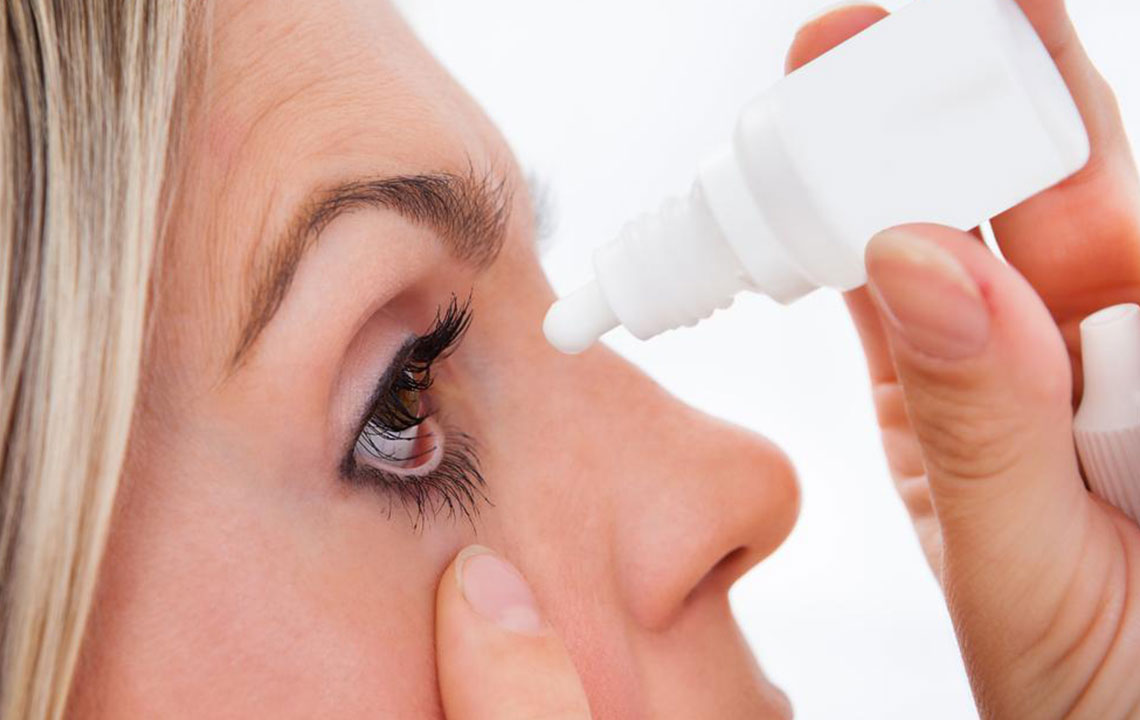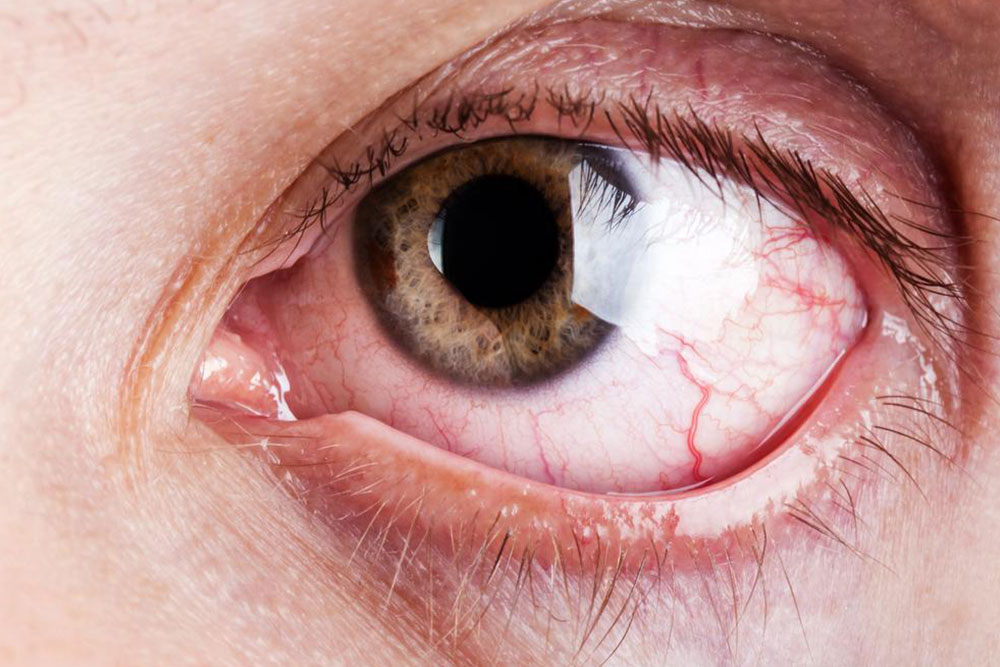Understanding Chronic Dry Eye Disorder
Chronic dry eye syndrome is a common condition caused by insufficient tear production or increased tear evaporation. It results in irritation, redness, and discomfort. Factors include aging, autoimmune diseases, medication effects, and environmental conditions. Treatment involves artificial tears, ointments, and procedures like tear duct closure. Proper eye care and medical consultation are vital for effective management and relief from symptoms.

Understanding Chronic Dry Eye Disorder
Tears are essential for maintaining eye health, protecting the retina, and clearing debris. A deficiency in tear production can lead to discomfort and complications. Chronic dry eye syndrome occurs when the eyes lack sufficient moisture due to decreased tear production or increased evaporation. This results in irritation, redness, and potential eye health issues.
Various factors can cause this condition, including age-related decline, autoimmune diseases like lupus and rheumatoid arthritis, vitamin A deficiency, and certain medications such as antidepressants or antihistamines. Environmental factors like wind, smoke, or prolonged screen time can also increase tear evaporation. Treatment options include artificial tears, ointments, and temporary tear duct closures to ease symptoms. Regular eye care and consultation with an eye specialist are recommended for management.
Reduced tear production causes
Environmental influences on eye moisture
Medical conditions impacting tears
Treatment options for dry eye










